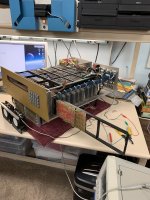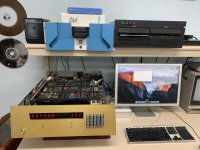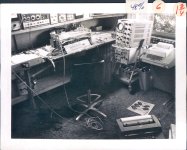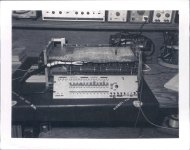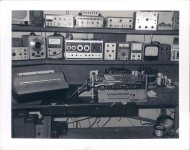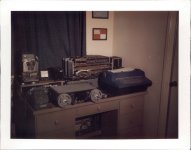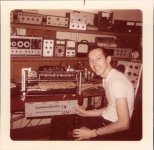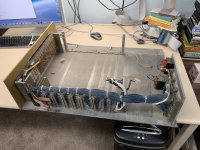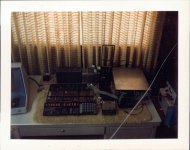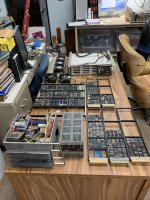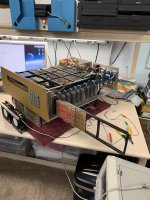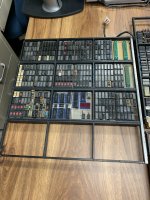bc17101
Member
Hi, I'm a new member to this forum.
I have a home built (Wire wrapped) PDP-11/05 that I built in 1974. I have fully restored it to full operation, but along the way I have zapped my diskettes due to a faulty write protect circuit in the floppy controller.
I would like to restore the floppies back to bootable form. To do this I need access to a local working system with an RX01 compatible floppy system or I could ship a box of 8 inch floppies (formatted)
to anyone that could help me copy the necessary files for RT-11 V5 and XXDP+ with some particular diagnostics that I would like to have. I will pay for all costs incurred.
Please contact me if you can help.
See picture of the system below.
Thanks in advance,
Bill
I have a home built (Wire wrapped) PDP-11/05 that I built in 1974. I have fully restored it to full operation, but along the way I have zapped my diskettes due to a faulty write protect circuit in the floppy controller.
I would like to restore the floppies back to bootable form. To do this I need access to a local working system with an RX01 compatible floppy system or I could ship a box of 8 inch floppies (formatted)
to anyone that could help me copy the necessary files for RT-11 V5 and XXDP+ with some particular diagnostics that I would like to have. I will pay for all costs incurred.
Please contact me if you can help.
See picture of the system below.
Thanks in advance,
Bill

